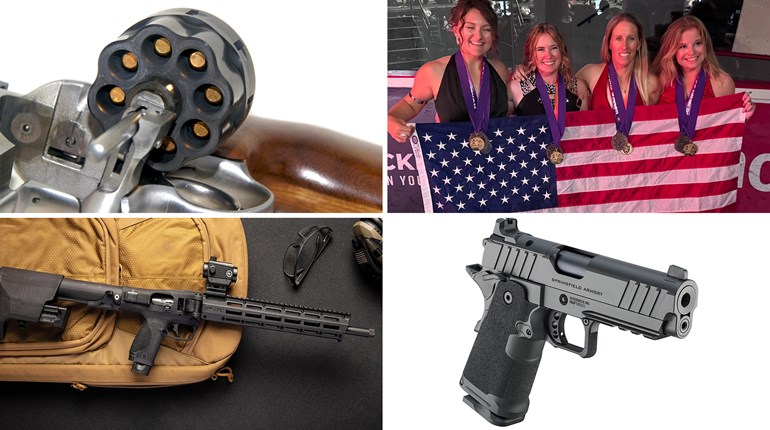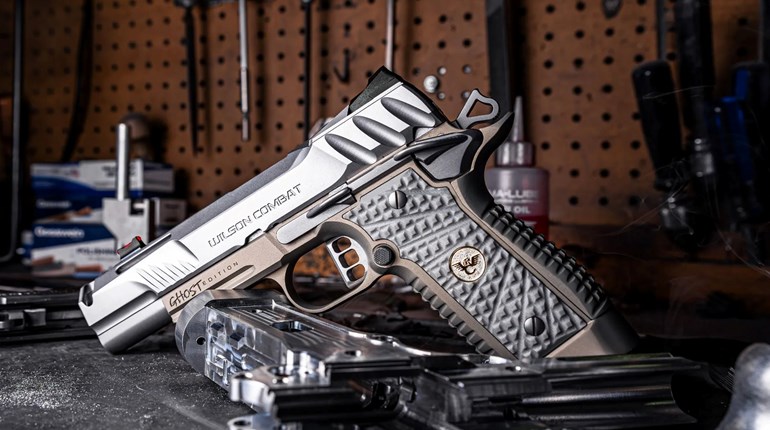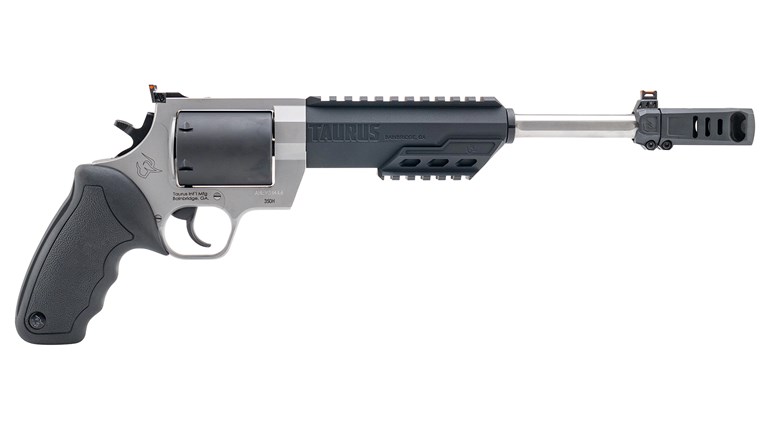
Once upon a time, police officers who patrolled our streets carried revolvers on their hips. Guns like the Colt Police Positive and the Smith & Wesson Model 19 were their primary defensive firearm, and they carried .38 Spl. snub-nosed carry revolvers like the Detective Special and J-Frames for backup guns and when they were off duty.
They carried those small revolvers because they were small, easy to conceal and had a manual of arms that was more or less the same as the guns they carried for a living. The snub-nosed carry revolver also had the advantage of using essentially the same type of ammunition as their service revolvers, so the transition from full-sized service revolver to compact concealed-carry gun meant dealing with more recoil and less accuracy from the smaller gun, and that was about it.
Today, though, police officers are far more likely to carry a Glock or a SIG Sauer or a Smith & Wesson M&P semiautomatic pistol than they are a .38 Spl. or .357 Mag. revolver, and guns like the Smith & Wesson Shield, Ruger LC9s and the Glock G43 are reflecting that new reality. Smaller, lighter and easier to conceal than their full-sized cousins, small single-stack 9 mms are becoming a popular option for people who want to carry a pistol with them, but find that carrying a larger gun like a Glock G19 or SIG P320 is just too much to deal with on a day in, day out basis. I myself prefer carry a larger pistol whenever I can, but there are some times when the occasion demands more discretion than firepower, and that’s where the thinness and light weight of a single-stack 9 mm really comes through.
A miniature 9 mm also offers you the advantages of the same manual of arms your larger gun. If you’re used to a striker-fired gun, the operation of the Ruger LC9s or Glock G43 will seem like second nature to you, just like the operation of snub-nosed revolvers mimic the operation of their larger cousins. My fingers goes naturally to the magazine release on my 9 mm Smith & Wesson Shield because that's where it is on the large semi-automatic pistols that I occasionally carry, and the methods I use to clear malfunctions are pretty much the same between those guns as well.
The reasons to carry a subcompact, single-stack 9 mm over a larger pistol are also essentially the same as reasons to carry a small revolver instead of full-sized gun. With the right holster and appropriate cover garment, it's fairly easy to discretely carry a full-size 9 mm on a daily basis and without tipping people off that you're carrying a pistol with you. However, it's even easier to conceal a smaller gun, and a smaller gun also opens other options like pocket carry that are even more discreet.
When it comes to defensive applications, the subcompact single stack 9 mm has several advantages over snub-nosed revolvers. The thinner, slimmer design of the semi-automatic means it can slide into locations for concealed carry that aren't available to thicker, bulkier revolvers, although, counter-intuitively, I've found that unless you pay attention to holster choice, a small .38 Spl. revolver forms an indistinct lump in a front pocket that's easily mistaken for a wallet and keys, while the flatter, more angular form of a mini 9 mm sticks out and says "gun" more readily.
Another advantage of a mini 9 mm over small revolver is ammunition capacity. Subcompact single stacks typically have at least six rounds of ammunition in the magazine and one more in the chamber, and extended magazine that pack in eight rounds or more are not uncommon, By comparison, six rounds is maximum amount of ammo in most pocket revolvers, with five rounds being the most-common option available.
Firing a full-power cartridge from a pint-sized frame, sub-compact 9 mm pistols can be a handful to shoot, just like their smaller, lighter weight revolver cousins, and there are many factors working against shooting a small 9 mm accurately and quickly. The short sight radius of a pocket gun can affect accuracy and their smaller size means there is less of the gun to hold on to as it recoils. Also, the lighter weight of a subcompact gun means there is less mass to soak up recoil, slowing down follow up shots and less mass to resist a bad trigger pull, which can dramatically affect your accuracy.
Whether or not a subcompact single stack 9 mm a good choice for you over small revolver is up to you and your set of circumstances. For myself and many other gun owners in America, though, those trade-offs in accuracy and firepower are worth having a small, easily-concealable defensive pistol with features and functionality that mimic the larger, full-size defensive pistols we use in competition and in our jobs.




































